Rainfed Rice Fields in Indonesia | Sawah Tadah Hujan Di Indonesia
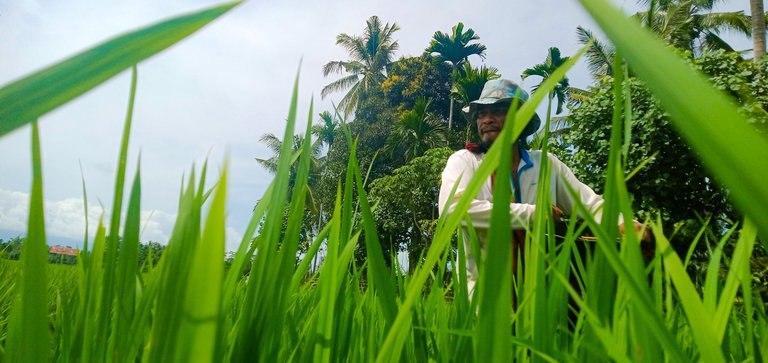
In Indonesia, generally, rice farmers have two farming systems. The two systems are classified based on the irrigation system: rainfed irrigation and irrigation.
What is meant by "rain-fed agriculture" is that rainwater is the only source of water used for the growth and fertility of rice. Because water needs are only supplied by rainwater, farmers begin to go down to the fields during the rainy season and finish until harvesting when the dry season arrives. Because Indonesia has a tropical climate, as a result, in a year, rice farmers only cultivate it for two plantings.
Rainfed rice fields have a greater risk of drought. In addition, rainfed rice fields also generally have less fertile land. This results in low yields.
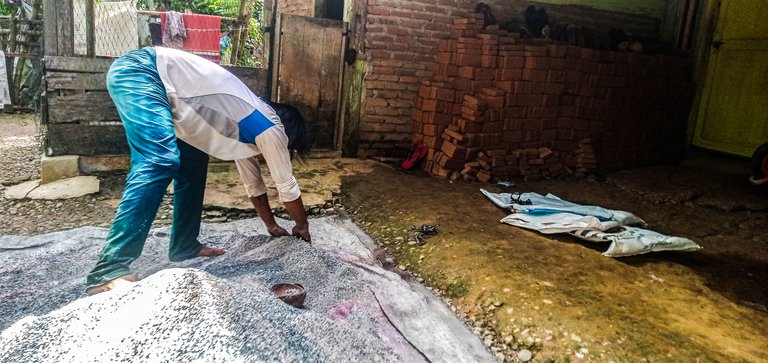
Rainfed rice farmers have high concerns, ranging from fear of insufficient water, infertile soil, weeds, and other pests.
To be able to optimize rainfed rice fields, so far the farmers have carried out special tips, including:
- Climate Prediction
With knowledge from generation to generation, farmers are generally able to predict when the rainy season will be and when the dry season will be. When the rainy season approaches, the farmers have prepared the land, so they must ensure the start of the rainy season to plant rice.

Even though they already have knowledge about when the rainy season is, they cannot predict the intensity of the rainfall and how long (number of days) the rainy season will be. Not infrequently, even in the rainy season, the rainfall is little. As a result, farmers experience water shortages.
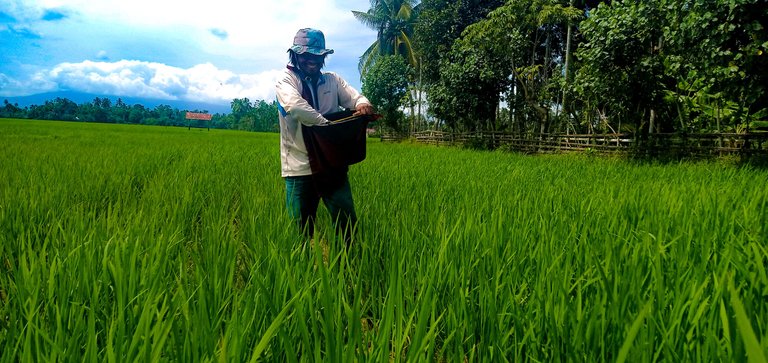
Increase soil fertility.
Because rainfed rice fields have low soil fertility, farmers usually apply fertilizers in amounts exceeding the usual dose. Therefore, fertilization is always routinely carried out at every change in the phase of rice growth.
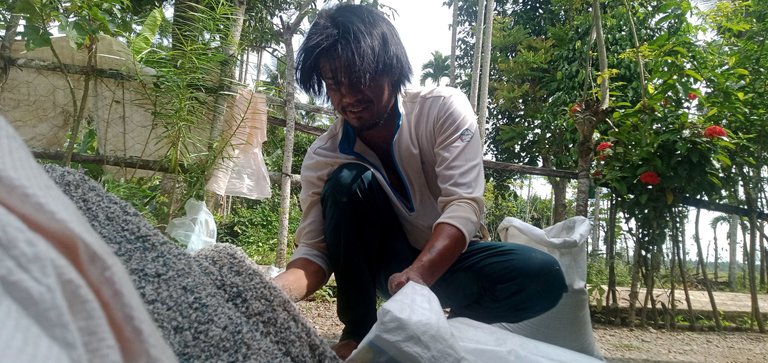
Crop Index Increase
Generally, increasing the planting index is generally done by farmers to choose suitable seeds or according to information obtained by word of mouth related to the quality of a product. Nowadays, there are also many superior varieties that have the ability to adapt to the land and can withstand various pests and diseases.
Rainfed farmers carry out several stages of the process that must be carried out from planting to harvesting, including:Soil tillage systems
As I said above, rainfed rice farmers must prepare their land before the rainy season arrives. Usually, it is done twice, namely: during the dry season before the rain, and then the second time after the rain, precisely at the time of planting.

Types of Varieties
After preparing the land, farmers must choose superior varieties that are suitable for rain-fed land. There are many high-yielding varieties currently in circulation that have been tested by the farmers themselves.
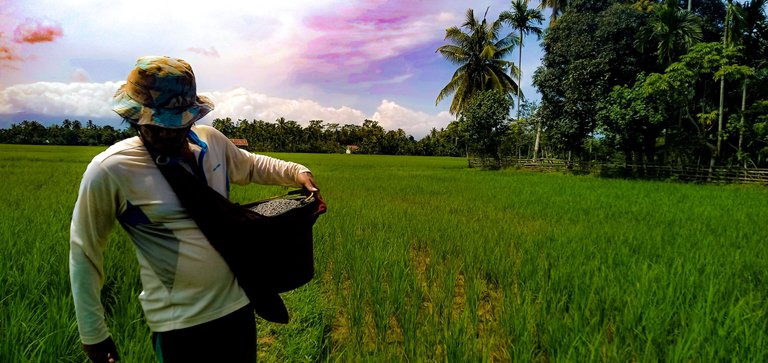
Cultivation Method
Planting carried out by rainfed farmers must be done when there is a sufficient water supply on the land.Fertilization Method
Because rainfed rice fields lack nutrients and are less fertile, the fertilization method must be sufficient and even exceed the dose. Then every growth phase is carried out, and sometimes it has to be more often when something is considered less good in terms of growth.
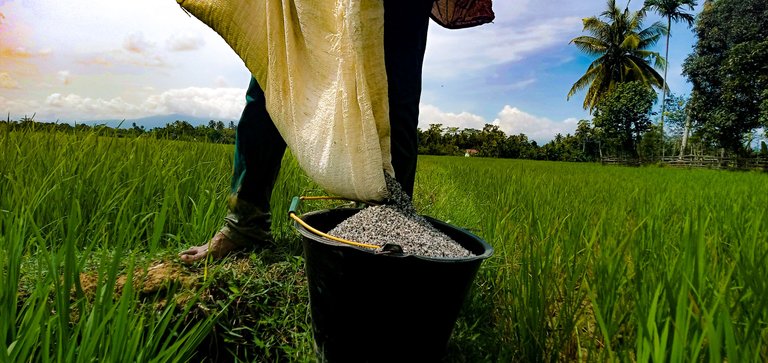
Minimize the potential for pests and diseases.
Control of habit occurs in two phases of growth, namely when the new rice grows after planting and when the growth continues. During the growth period after planting, pests usually attack the stems, but when the growth continues, pests attack the leaves more.Harvest and Post Harvest
The harvest season arrives marked by the color of the rice grains that have turned golden yellow and are fully filled in them. Generally, the age of rainfed rice is 110-130 days.
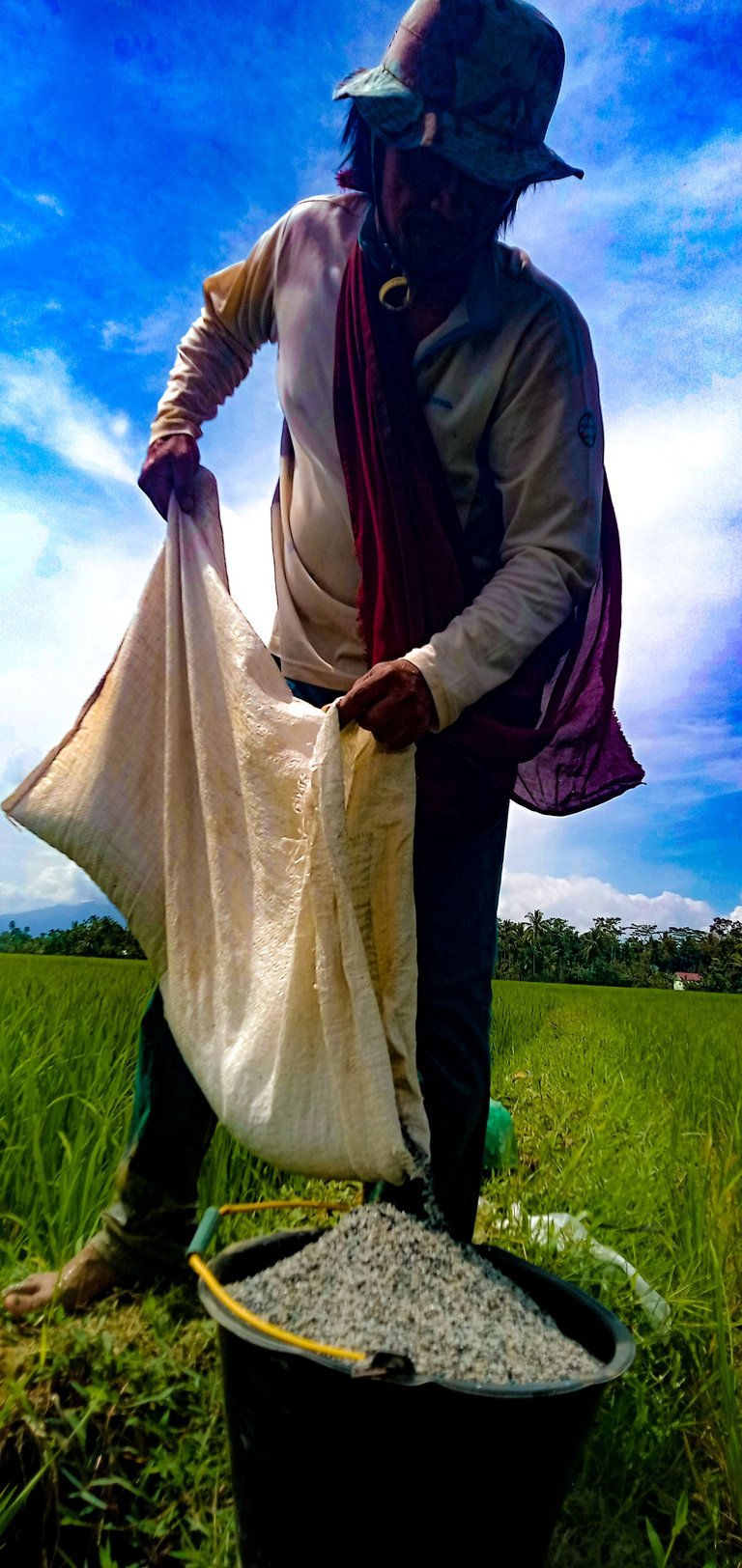

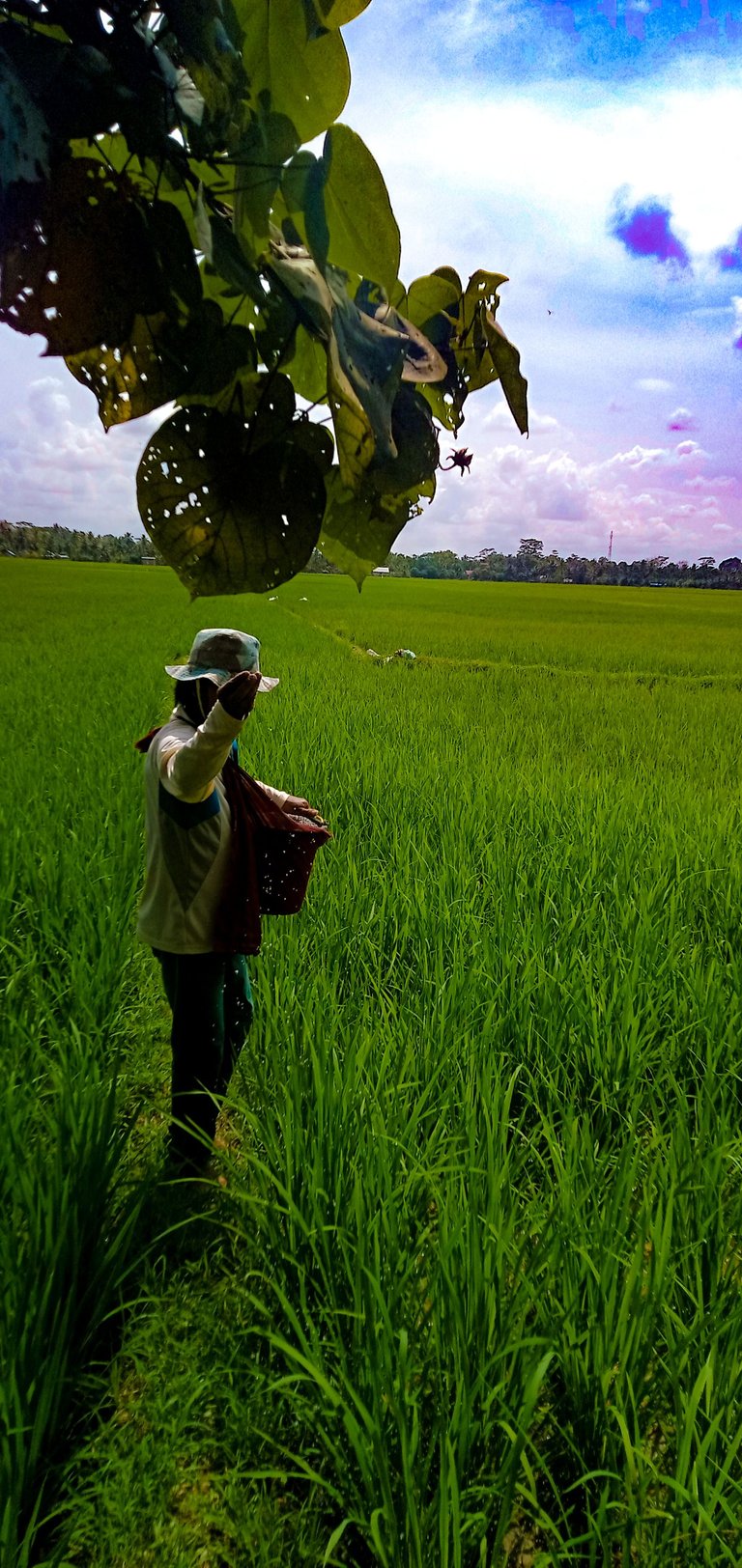
Di Indonesia umumnya petani sawah dengan dua sistem pertanian. Kedua sistem tersebut digolongkan berdasarkan sistemn pengairan, Pengairan dengan Tadah Hujan dan Irigasi.
Yang dimaksud dengan pertanian tadah hujan adalah, yang menjadikan air hujan sebagai satu-satunya sumber air yang digunakan untuk pertumbuhan dan kesuburan padi. Oleh karena kebutuhan air hanya disuplay oleh air hujan, maka petani mulai turun ke sawah pada saat musim hujan, dan selesai sampai memanen pada saat musim kemarau tiba. Karena indonesia mempunyai iklim tropis, akibatnya dalam setahun, petani sawah hanya menggarapnya untuk dua kali penanaman saja.
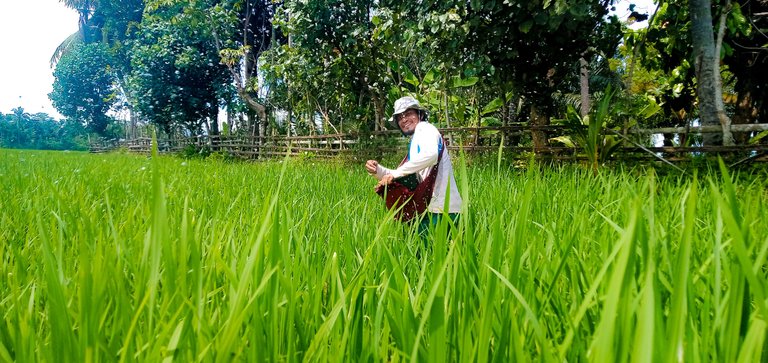
Sawah tadah hujan lebih besar memiliki resiko kekeringan. Selain itu, sawah tadah hujan juga pada umunya memiliki lahan yang kurang subur.hal tersebut mengkibatkan hasil panen juga rendah.
Petani sawah tadah hujan mempunyai kekhawatiran yang tinggi, mulai dari ketakutan tidak tercukupinya air, tanah yang kurang subur, gulma, dan hama penyakit lainnya.
Untuk bisa mengoptimalkan sawah tadah hujan, selama ini para petani melakukan kiat-kiat khusus, di antaranya:
Prediksi Iklim
Oleh pengetahuan secara turun temurun, para petani umumnya sudah bisa memprediksi kapan masanya musim hujan dan kapan musim kemarau. Ketika sudah mendekati musim hujan, petani sudah menyiapkan lahan, sehingga mereka harus memastikan awal musim hujan untuk menanami padi.
Meskipun sudah memiliki pengetahuan tentang kapan musim hujan, tetapi mereka tidak bisa memprediksi seberapa intensitas curah hujan dan seberapa lama (jumlah hari) musim hujan tersebut. Tak jarang meskipun dalam musim hujan, tetapi curahnya sedikit. Akibatnya petani mengalami kekurangan air.
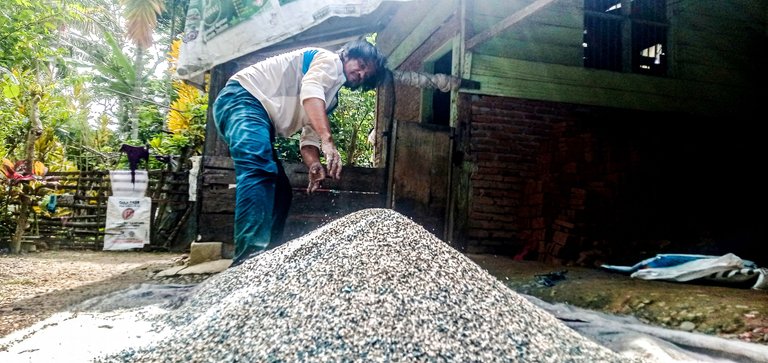
Tingkatkan Kesuburan Tanah
Oleh karena sawah tadah hujan memiliki kesuburan tanah yang rendah, maka petani keiasaannya akan melakukan pemupukan dengan jumlah melebihi takaran biasanya. Oleh karena itu, pemupukan selalu rutin dilakukan setiap pergantian fase pertumbuhan padi.Peningkatan Indeks Pertanaman
Peningkataan Indeks penanaman pada umumnya yang dilakukan oleh petani adalah memilih bibit yang sesuai atau menurut informasi yang didapatkan dari mulut-mulut terkait kualitas sebuah produk. Dewasa ini juga sudah banyak terdapat varietas unggul yang mempunyai kemampuan beradaptasi dengan lahan dan dapat bertahan terhadap berbagai hama penyakit.
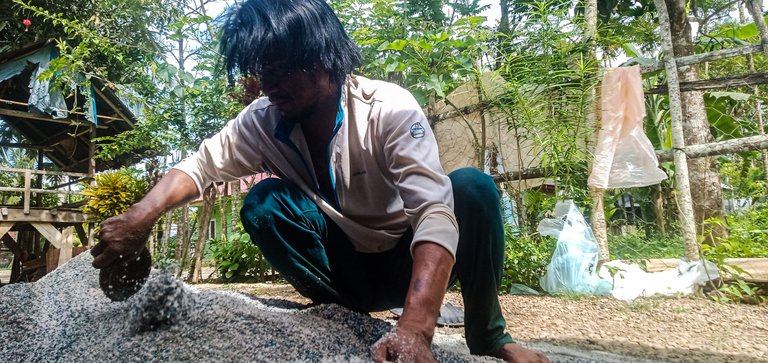
Para petani secara tadah hujan melakukan beberapa proses tahapan yang harus dilakukan dari penanaman sampai panen, diantaranya adalah :Sistem pengolahan tanah
Seperti yang sudah saya katakan di atas, petani sawah tadah hujan harus mempersiapkan lahannya dimulai sebelum musim hujan tiba. Biasanya dilakukan dua kali, yaitu: ketika kemarau pada saat sebelum hujan dan kemudian yang kedua setelah hujan tepatnya pada saat penanaman.Jenis Varietas
Setelah mempersiapkan lahan, kemudian petani harus memilih varietas unggul yang sesuai dengan lahan tadah hujan. Ada banyak varietas unggul yang saat ini beredar dan telah diuji oleh para petani itu sendiri.
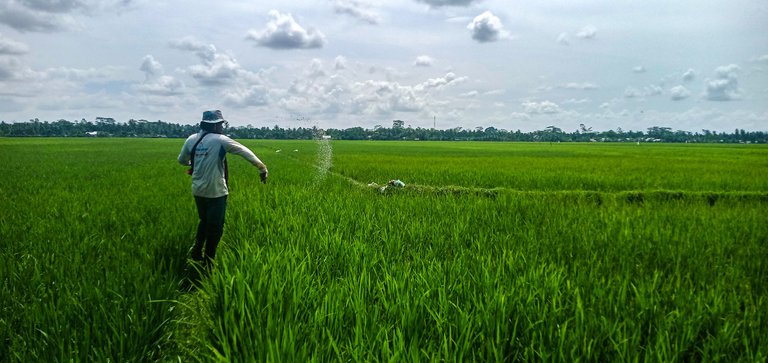
Metode Penanaman
Penanaman yang dilakukan oleh petani tadah hujan, haruslah ketika persediaan air mencukupi pada lahannya.Metode Pemupukan
Oleh karena sawah tadah hujan Lahan kekurangan unsur hara, dan kurang subur maka metode pemupukan harus cukup bahkan harus melebihi takaran. Selanjutnya dilakukan setiap fase pertumbuhan, dan terkadang harus lebih sering ketika ada sesuatu hal yang dinilai kurang baik dari segi pertumbuhan.
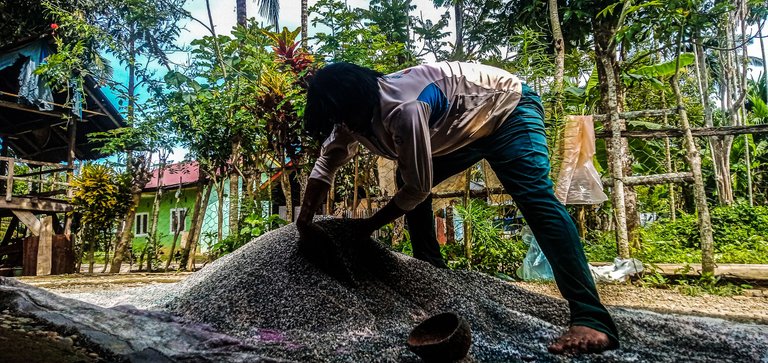
Meminimalisir potensi hama dan penyakit
Pengendalian kebiasaannya terjadi pada dua fase pertumbuban, yaitu ketika padi baru tumbuh setelah tanam dan ketika pertumbuhannya yang lanjut. Pada masa pertumbuhan setelah tanam, kebiasaannya hama menyerang pada batangnya, sedangkan ketika pertumbuhan lanjutnya, hama lebih menyerang pada daunnya.Panen dan Pasca Panen
Masa panen tiba ditandai oleh warna bulir padinya sudah berubah menjadi kuning keemasan dan telah terisi penuh di dalamnya. Umunya usia padi tadah hujan tersebut 110-130 hari.
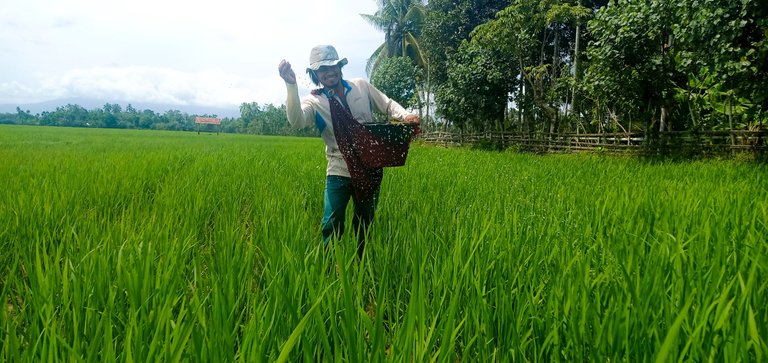
Semua Foto di atas diambil oleh @resyiazhari, menggunakan Kamera Handphone Oppo A12.
All Above Pictures Taken By @resyiazhari, use Cellphone OppoA12